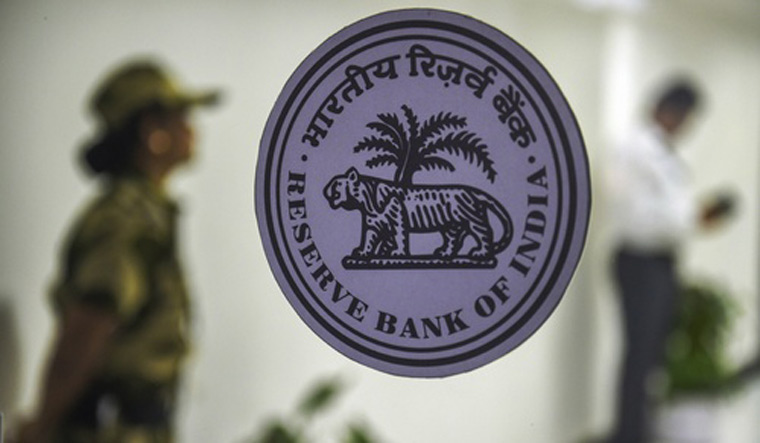Retail inflation, which has trended above the Reserve Bank’s 2-6 per cent range for six consecutive months, is likely to remain elevated for at least couple of quarters and that could drive further interest rate hikes in the next few monetary policy committee meetings, Mangesh Soman, joint president, corporate economics cell at the Aditya Birla Group, tells THE WEEK. While the RBI will look to ensure domestic liquidity conditions remain conducive to meet credit growth, global headwinds, including larger rate hikes by developed economies, could unsettle financial markets, he said. Excerpts.
Q. The RBI has raised the repo rate by 90 basis points to 4.90 per cent over the past two monetary policy committee meets. Do you see more rate hikes this year? Where do you see the repo rate by March 2023?
Considering the likely trajectory of inflation and interest rate hikes in developed economies, it is quite likely that we will see more rate hikes by RBI in the next few MPC meetings. MPC would probably like to see inflation being brought under the upper end of RBI’s target range i.e. 6 per cent for its stance to change. So, it won’t be surprising to see the repo rate inching up to around 6 per cent or so in the coming quarters.
Q. Lending rates have already started going up following RBI's repo rate hike and liquidity tightening. How do you see interest rates moving this year and what kind of impact will it have on credit growth and corporate balance sheets?
The current rate hikes have an element of unwinding from the extraordinary support that was provided to the economy during the pandemic. In that sense, some of the rate hikes have to be seen as normalization. Even during this normalization, RBI will possibly ensure that liquidity conditions are sufficiently conducive to meet the credit growth requirements of a growing economy. On the other hand, global headwinds pose larger concern at this point. Inflation in developed countries in running at four-times their central bank targets – which is a larger problem than in many emerging market economies. This can push them to undertake large rate hikes and too quickly, which can be unsettling for financial markets and can potentially transmit shocks worldwide.
Q. Given, a large part of the inflation has been driven by higher commodity costs and food prices in the wake of the Ukraine-Russia conflict, to what extent will raising interest rates help control inflation?
It is true that the spurt in inflation is driven to a great extent by supply-side global events. At the same time, monetary policy has to ensure that the inflationary effect of such supply shocks does not get amplified through inflationary expectations and wage spirals. That’s the reason that central banks across the world are playing their role in fighting inflation. Many central banks read initial inflationary spurt as transitory which has proven to be incorrect because of supply chain bottlenecks and subsequently, the Ukraine war. This delayed the monetary policy response to inflation – pushing them to undertake larger and faster hikes in rates.
Q. Where do you see retail inflation in the current financial year and what more, other than rate hikes, needs to be done to bring inflation back to RBI's targeted band?
There are many sticky elements to the high retail inflation, which will take time to get worked out. Accordingly, inflation is likely to remain above the upper end of RBI’s target range for a couple of quarters. The outcome of inflation will also depend on the longevity of sanctions and evolution of international energy prices. Beyond monetary policy, the government has already taken some fiscal steps to fight inflation. But doing more of those will be challenging considering the fiscal scenario.
Q. At this juncture will raising interest rates further put pressure on India's economic recovery?
Many high-frequency indicators are suggesting that the economy has been recovering in a robust way. There are some signs of recovery in private capex cycle, which will help the recovery to strengthen further. These trends can continue despite the trajectory of rate hikes that looks probable currently. As mentioned earlier, global headwinds are a bigger source of concern.
Q. How can inflation be managed, while also ensuring growth doesn't suffer?
US Federal Reserve is trying to achieve a soft landing – which means taming inflation without triggering a recession. Its success or failure in doing so will depend on the geopolitical events and their impact on global supply chains. Outcomes in emerging market economies, including India, will be influenced to a great extent by these global events. In the meanwhile, our policymakers will possibly have to do what’s in our control – which are things like calibration of rates and liquidity conditions by the RBI, handling of any local supply chain issues by the government, and so on. Hopefully, another normal monsoon will help in managing a part of the problem.





